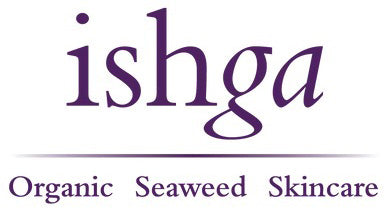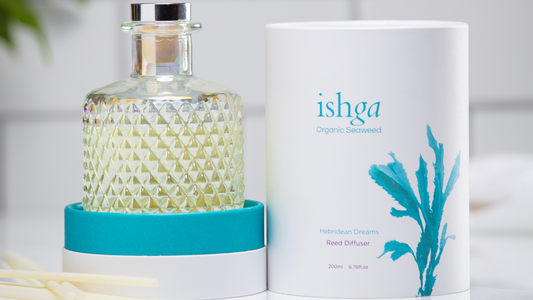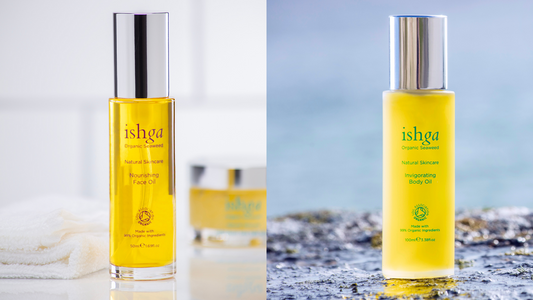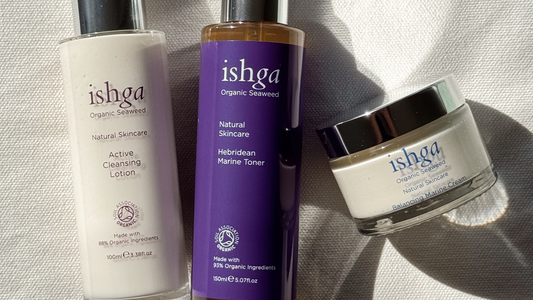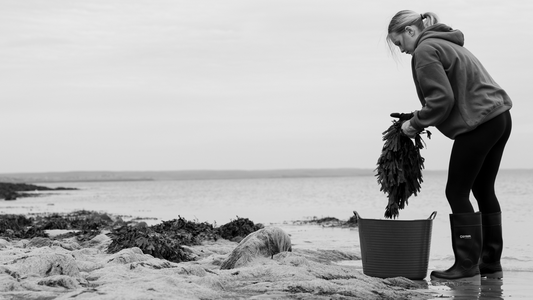
Seaweed in Scotland: A brief history
Share
Seaweed is at the core of ishga. It’s a truly wonderful marine plant that provides our skin with an abundance of vitamins, minerals and antioxidants. The use of seaweed dates back centuries and as an incredibly diverse algae, it lends itself to a variety of purposes. Let’s take a look at a brief history of seaweed in Scotland!
During the 18th and 19th century, one of the biggest industries within Scotland was kelp production. Tens of thousands of people from Orkney, the West Coast and the Outer Hebrides were employed in this important industry.
What is the difference between seaweed and kelp?
Not much really! The waters around the UK are home to around 600 species of seaweed. Seaweed is a broad term, and kelp is more specific and refers to the largest subgroup of seaweed. Seaweed can vary in size from species to species, but kelp tends to be quite large.
What is kelp ash?
The waters around Scotland are abundant with seaweed and in the 18th century, the practice of burning seaweed into an alkaline product (kelp ash) was brought over from Ireland after first originating in Europe in the 1680’s.
The alkaline substance was used for making soap and glass. By the 19th century there were 60,000 people working in the kelp industry and in Orkney they were making 3000 tons of kelp ash a year.
Making kelp ash
The kelp burning season was from June to August so seaweed would be collected from winter to spring. The seaweed would be stored in stone buildings until it was ready to be burned in the summer. To make a ton of kelp ash you need to collect approximately 20 tons of (dry weight) seaweed!
A pit would be dug into the ground and lined with stones. A grid would go over it and the seaweed would be placed on the top and burned. This wasn’t a quick job, as it could take up to 24 hours to burn the seaweed down.
Why did Scotland start its own kelp industry?
The main source at this time was coming from Europe and as the price per ton rose, Scottish landowners quickly relaised that they had a valuable resource on their doorstep with plenty of cheap labour available through their crofting tenants. The crofters would collect and burn the seaweed for their landlord, using it as payment towards their rent.
Seaweed harvesting in Scotland today
Today seaweeds are harvested for their alginates which are then used in foods, textiles, fertilisers, animal feed and beauty. The harvesting and processing of seaweed in Scotland today plays an important economic role and supports local communities. At ishga, we are proud to create opportunities for local people through our work with seaweed and producing it into the wonderful skincare you know and love! All of our skincare products are made in our lab in Stornoway, just like they have been since day one.
What is an alginate?
In the second half of the 19th century, chemist Edward Curtis Stanford discovered that it was possible to extract alginate from seaweed. Alginate is a compound found within the cell walls of brown seaweed.
At ishga, we sustainably hand harvest four types of seaweed, Fucus Serratus, Ascophyllum Nodosum, Fucus Vesiculosus and Pelvetia Canaliculata. These seaweeds have been proven to regenerate skin cells and provide deep hydration whilst stimulating collagen and hyaluronic acid production, amongst a host of other benefits. Our scientists have perfected our unique seaweed extract which is at the core of our range. Results driven skincare derived from the ocean, backed by science.
